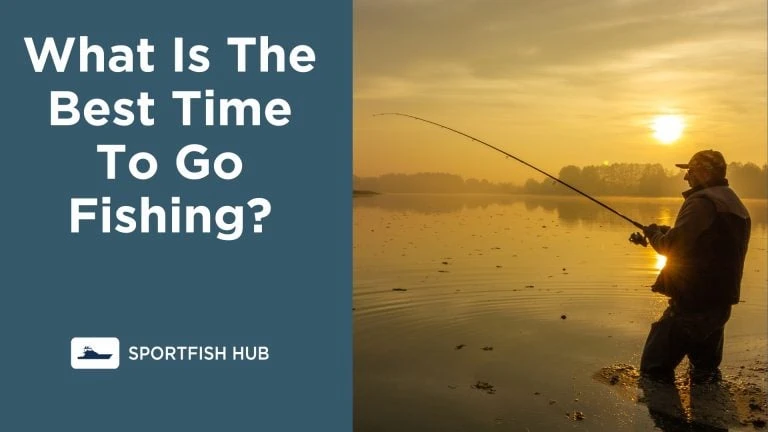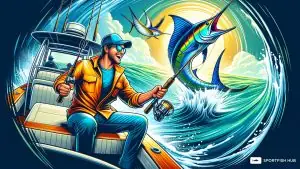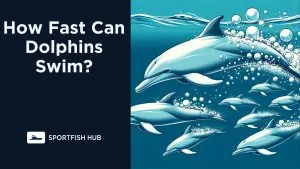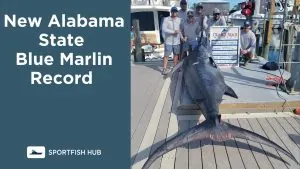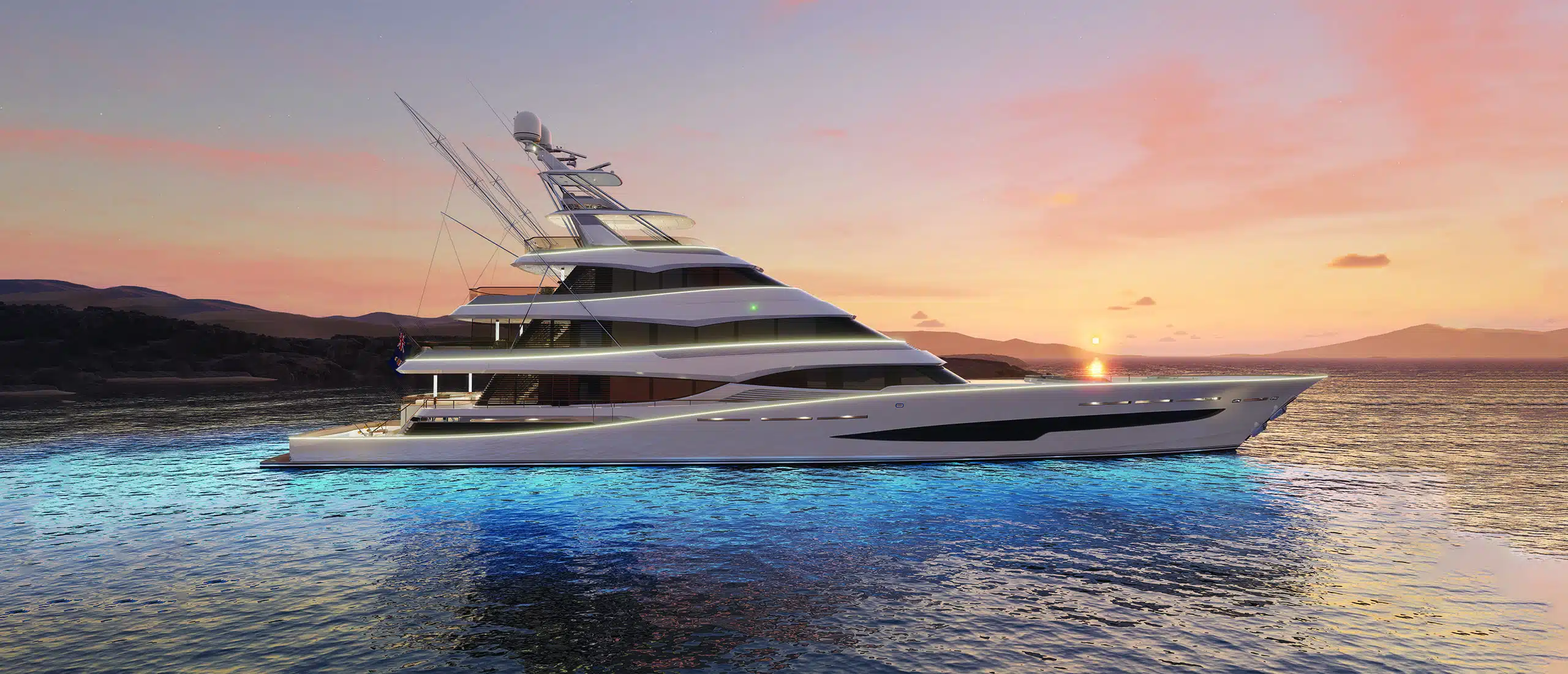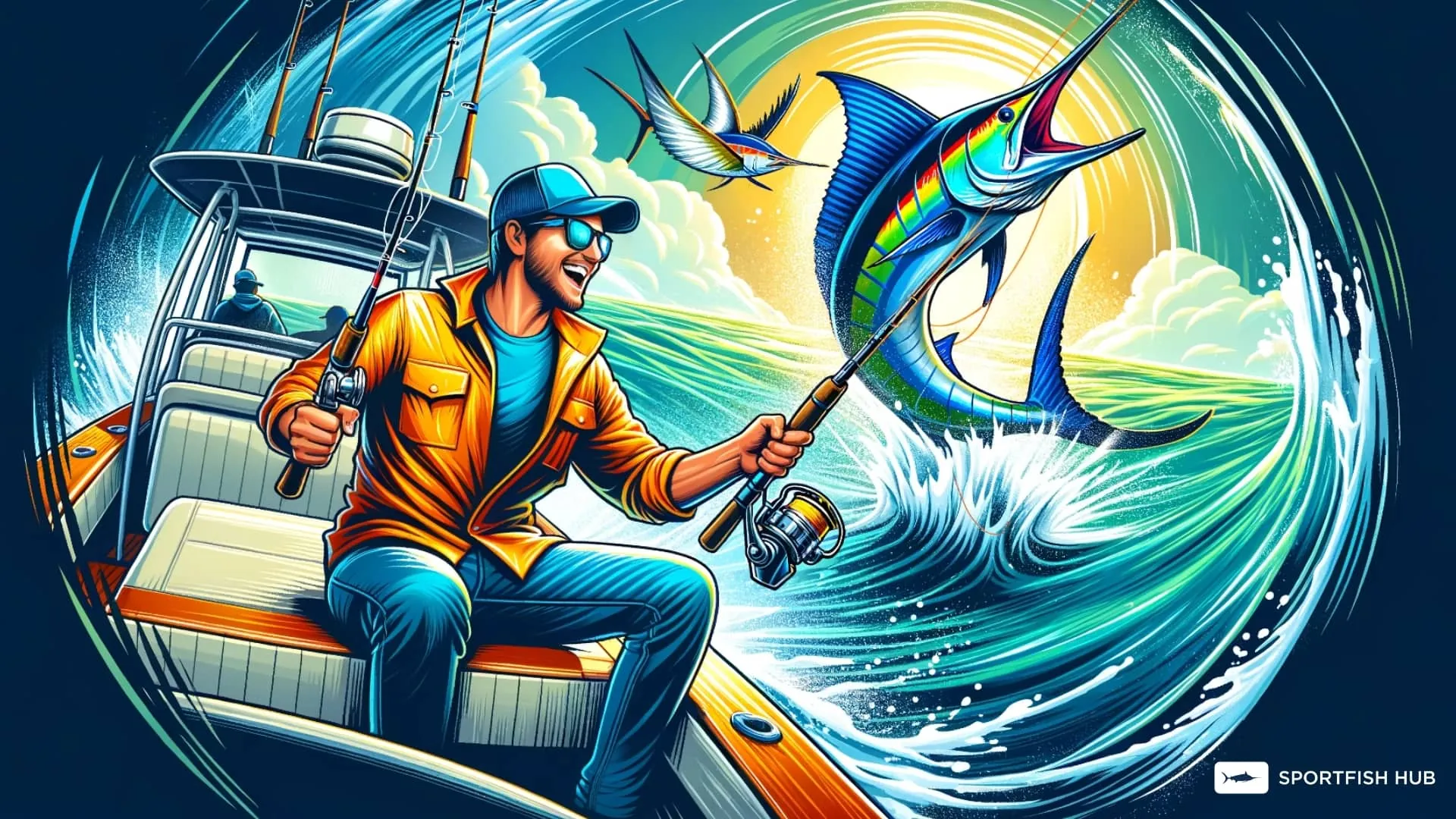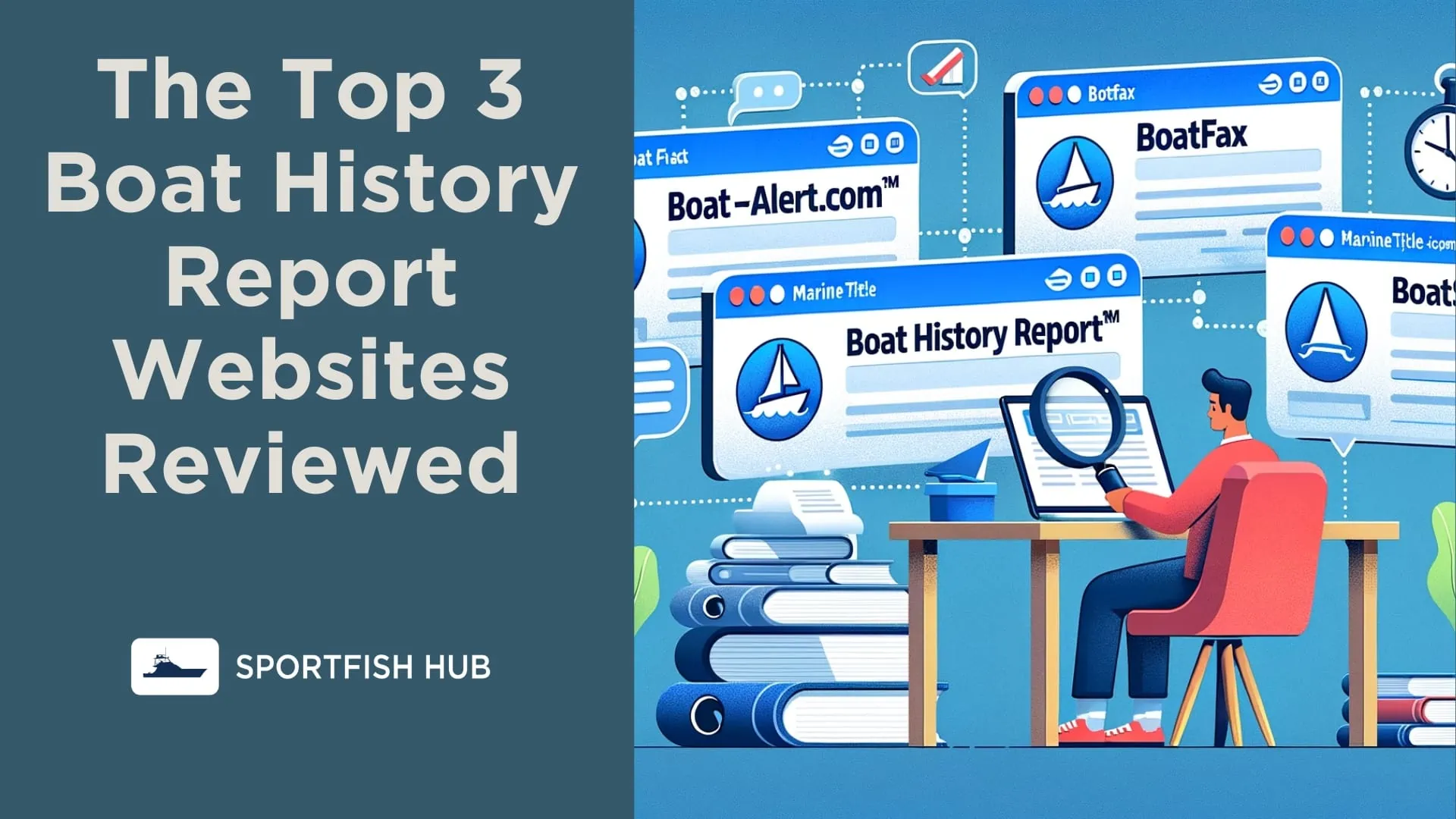Planning a successful fishing trip starts with knowing the best time to go fishing. Fish behavior follows predictable daily and seasonal patterns. Paying attention to fishing calendars, weather forecasts, tidal movements, and the phase of the moon you are in will help you have excellent fishing days.
The remainder of this guide covers everything an angler needs to consistently catch more fish this year and every year!
Table of Contents
- Best Times to Go Fishing (Summary Table)
- Fishing Calendar: The Best Time of Day is Early Morning & Late Evening
- Best Time of Year: Full Fishing Calendars by Season
- Play the Moon Phases: New & Full Moons Are Best
- Tides for Fishing: Incoming & Outgoing Are Best
- Fishing Forecast: Best Weather Conditions
- Fishing Times Calendar By Species:
- Final Tips & Recap for Fishing Success
Best Times to Go Fishing (Summary Table)
| Time of Day | Best Times | Key Facts |
|---|---|---|
| Early Morning | 1 hour before and after sunrise, approx. 5am-8am | – Optimal water temp 65-70°F – Target feeding zones warmed by sunlight – Fish eating insects, baitfish, crustaceans |
| Late Evening | 1 hour before and after sunset, approx. 6pm-9pm | – Low light makes fish comfortable – Major insect hatches occur at dusk – Productive timeframe varies by season |
| Time of Year | Spring: March-May Fall: September-November | – Fish spawn in spring when water temps reach 60°F – Cooling water in fall triggers feeding for winter |
| Moon Phase | New and Full Moons | – Moon overhead less than 20% illuminated – Full moons can brighten night sky |
| Tides | Incoming and Outgoing | – Target tidal movement >6 feet – Fish follow food sources with tide |
| Weather | Overcast/Rainy Wind 5-15 mph | – Low pressure systems bring overcast skies – Wind concentrates baitfish near structures |
Fishing Calendar: The Best Time of Day is Early Morning & Late Evening
Fish are cold-blooded creatures so their feeding activity follows daily temperature cycles. The absolute best times of day to go fishing are early morning and late evening when water temperatures are rising.
Early Morning Fishing is Excellent
Target the hour right around sunrise when fish become more active looking for food. As the morning sun warms up shallow waters, it triggers fish to start feeding. Focus on areas warmed by the sunrise. The low light and rising temperatures create ideal fishing conditions.
Late Evening Fishing Can’t Be Beat
The hour right around sunset and into the night are prime times to catch fish. Lower light levels make fish feel safer and draw them out to feed. Insect hatches and baitfish activity also increase at dusk, sending fish into a feeding frenzy. Make sure to get an early start to take advantage of the excellent evening fishing.
Best Time of Year: Full Fishing Calendars by Season
Fish locations, feeding patterns and activity levels change significantly with the seasons. The time of year you go fishing should match up with the types of fish species you’re trying to catch.
Here are the best seasons and times to fish throughout the year:
Spring Fishing is Prime Time
Spring is widely regarded as one of the absolute best times of year for fishing. The warming water temperatures stimulate fish appetite and spawning urges. Excellent spring fishing can be had for most popular freshwater species like bass, catfish, crappie and more.
Target the mid to late afternoon when daytime temperatures reach their peak and shallow waters are warmest. The daytime warming combined with low light conditions create the perfect time to fish in spring.
Summer Fishing Remains Strong
Warm water keeps fish actively feeding throughout the summer. However, the hot afternoon air temperatures can cause lethargic fish during the peak heat of mid-day. The best times to fish in summer are early morning as the water is warming and dusk as surface temps start to cool. Night fishing is also productive during the summer months.
Just avoid the warmest part of the day when fish tend to retreat to deeper, cooler waters.
Fall Fishing is Fantastic
Fall is right up there with spring for many anglers when ranking the best fishing seasons. Fish aggressively feed up before winter sets in, making autumn an excellent time for fishing.
Fish will be active throughout the day but the mid to late afternoon is prime time in fall as the water retains warmth even as air temps cool. The peak autumn fishing usually lasts from September through early November.
Winter Fishing Requires Adjustment
Winter is universally the slowest season for fishing but some species remain active in cold water. The best time to fish in winter is often mid-day when the sun has had a chance to warm up adjacent shallow waters that fish may be using. However, fish in winter require a much slower presentation.
Finding the slower-moving fish can be the biggest challenge. As a bonus, winter fishing provides solitude on the water.
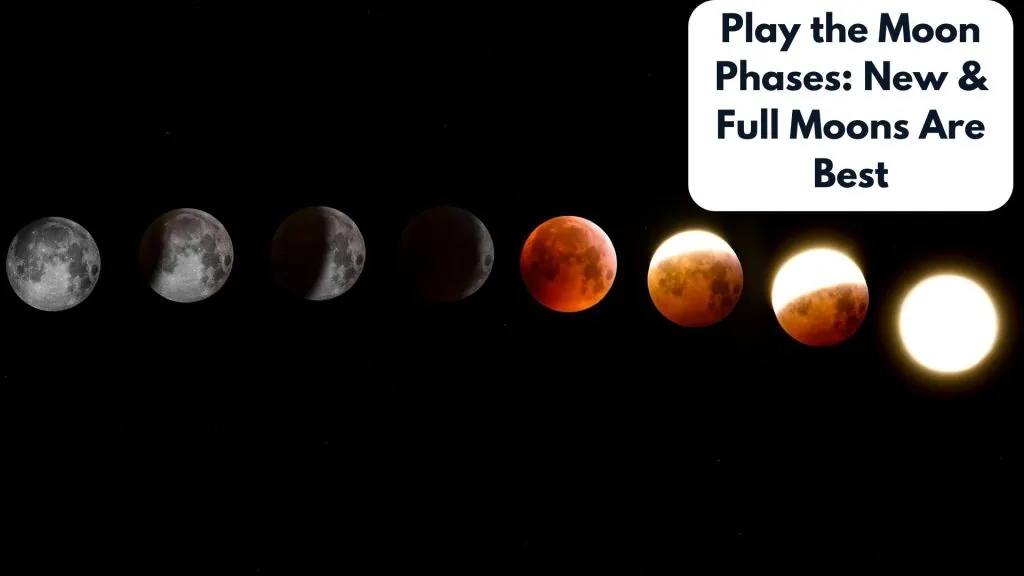
Play the Moon Phases: New & Full Moons Are Best
The moon phase has a definite effect on fish behavior, especially their night time feeding activity. Fishing success is highest during new and full moon phases.
New Moons Boost Night Fishing
During a new moon, the nighttime darkness is maximized with little moonlight. Fish feel comfortable feeding under this darker cover. Their prey is also more active on new moon nights. For the best results, fish at night around the new moon period.
Full Moons Light Up Night Action
As the moon becomes fully illuminated, fish again increase their nighttime feeding. Their prey species also become much more active with all of the extra light. To catch nocturnal action, target the nights right around a full moon when fish and baitfish are supercharged.
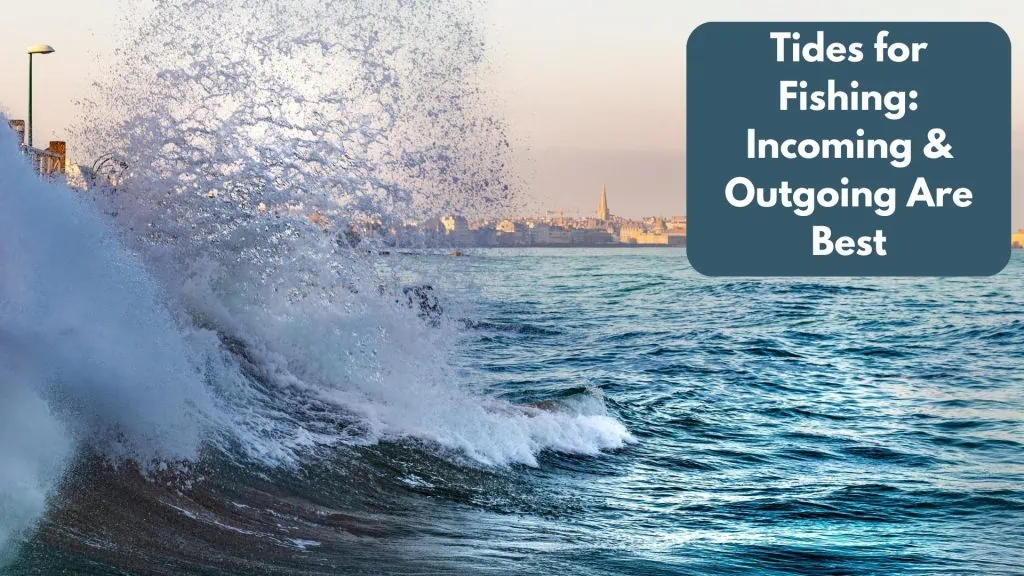
Tides for Fishing: Incoming & Outgoing Are Best
In saltwater areas, paying close attention to tidal movements is crucial for maximizing fishing success.
Incoming Tide Fish Pushing In
As the tide comes in and water rises in estuaries and along beaches, fish will aggressively push into those shallowing areas to hunt for food. An incoming tide concentrates loose food sources and brings new nutrients. Use the rising tide to your advantage and target feeding fish in the shallows.
Outgoing Tide Carries Fish Out
The outgoing tide pulls water and nutrients back out to sea, drawing predatory fish with it. As the water gets pulled out, fish sense the dropping water level and increased current flow. They’ll start actively feeding as the outgoing tide concentrates both baitfish and loose food sources. Fish the channels and drop-offs where fish setup to ambush prey.
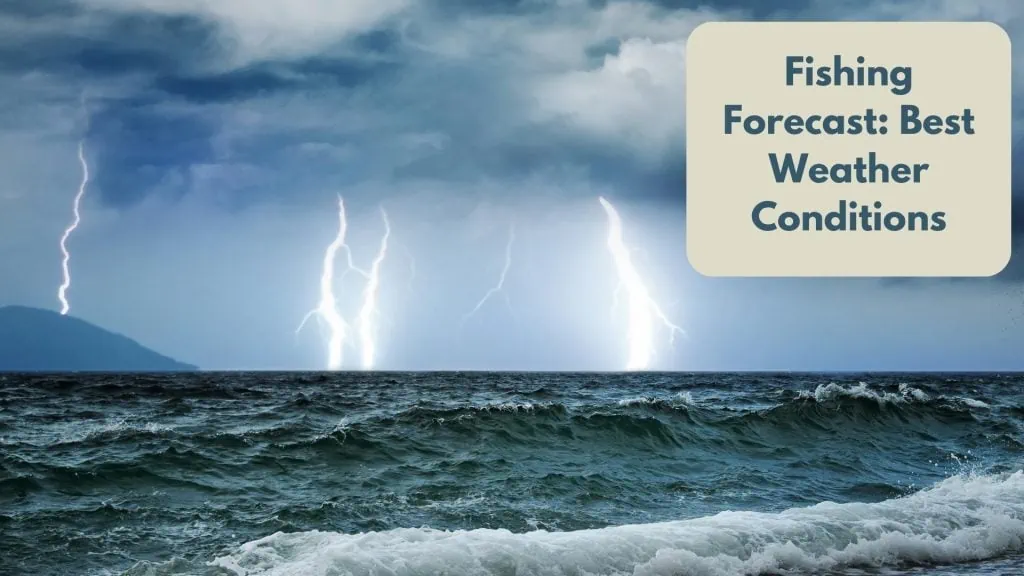
Fishing Forecast: Best Weather Conditions
Beyond schedules and cycles, specific weather changes can temporarily create excellent fishing conditions. Savvy anglers check the forecast and utilize weather to catch more fish.
Overcast & Rainy Weather Bumps Bites
Overcast skies and light rainy conditions actually create great short windows for fishing. The low light and rainfall draw baitfish, insects and gamefish into the shallows. Bite windows under these conditions may be limited to the periods of peak activity.
Cold Front Fishing Takes Planning
Cold fronts typically bring poor fishing conditions. However, right before and after the front passes through are prime times to catch fish feeding heavily. Pre-frontal fishing in particular can be fantastic as the dropping barometric pressure triggers active feeding.
Wind Matters: Blowing Into Shore is Best
Wind blowing into the shallows has multiple benefits for anglers. It pushes baitfish and food sources to shore while also concentrating fish. It can limit access but a strong onshore wind signals feeding activity. Just watch for rapidly shifting wind direction.
Barometric Pressure: Rising Triggers Bites
Rising barometric pressure often sparks increased fish feeding activity while dropping pressure usually causes a tough, slow bite. Watching barometric pressure trends and spikes can help pinpoint peak fishing windows.
Fishing Times Calendar By Species:
| Month | Bass | Trout | Pike | Walleye | Catfish | Carp | Panfish |
|---|---|---|---|---|---|---|---|
| January | Mid-late morning, late afternoon | Late morning, late afternoon | Late morning, late afternoon | Nighttime | Nighttime | Afternoon, nighttime | Late morning, late afternoon |
| February | Mid-late morning, late afternoon | Late morning, late afternoon | Late morning, late afternoon | Nighttime | Nighttime | Afternoon, nighttime | Late morning, late afternoon |
| March | Early morning, late afternoon | Early morning, late afternoon | Early morning, late afternoon | Nighttime | Dawn, dusk | Afternoon, nighttime | Early morning, late afternoon |
| April | Early morning, late afternoon | Early morning, late afternoon | Early morning, late afternoon | Nighttime | Dawn, dusk | Afternoon, nighttime | Early morning, late afternoon |
| May | Early morning, late afternoon | Early morning, late afternoon | Early morning, late afternoon | Nighttime | Dawn, dusk | Afternoon, nighttime | Early morning, late afternoon |
| June | Early morning, late afternoon | Early morning, late afternoon | Early morning, late afternoon | Nighttime | Dusk, dawn | Afternoon, nighttime | Early morning, late afternoon |
| July | Early morning, late afternoon | Early morning, late afternoon | Early morning, late afternoon | Nighttime | Dusk, dawn | Afternoon, nighttime | Early morning, late afternoon |
| August | Early morning, late afternoon | Early morning, late afternoon | Early morning, late afternoon | Nighttime | Dusk, dawn | Afternoon, nighttime | Early morning, late afternoon |
| September | Early morning, late afternoon | Early morning, late afternoon | Early morning, late afternoon | Nighttime | Dusk, dawn | Afternoon, nighttime | Early morning, late afternoon |
| October | Late morning, late afternoon | Late morning, late afternoon | Late morning, late afternoon | Nighttime | Dusk, dawn | Afternoon, nighttime | Late morning, late afternoon |
| November | Late morning, late afternoon | Late morning, late afternoon | Late morning, late afternoon | Nighttime | Dusk, dawn | Afternoon, nighttime | Late morning, late afternoon |
| December | Mid-late morning, late afternoon | Late morning, late afternoon | Late morning, late afternoon | Nighttime | Dusk, dawn | Afternoon, nighttime | Late morning, late afternoon |
Final Tips & Recap for Fishing Success
- Focus efforts around early morning, later evening and prime seasons like spring and fall
- Track approaching weather fronts and target pre-frontal feeding frenzies
- Take advantage of new and full moons for night fishing
- Fish strong incoming and outgoing tides to catch moving fish
- Learn daily and seasonal patterns for the specific fish species you’re targeting
Paying close attention to fish behavior patterns, weather forecasts, and tidal conditions will help you consistently have successful fishing trips and catch more fish!

